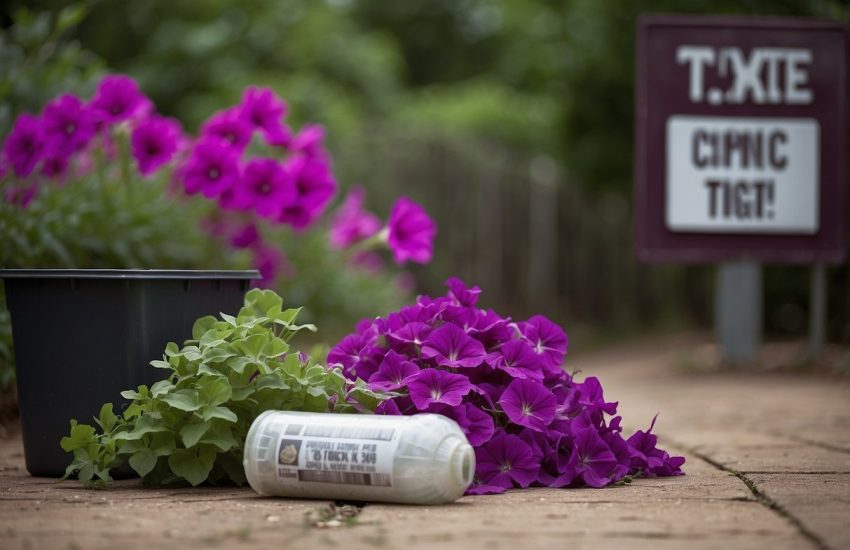Wildflowers in AZ: A Guide to the Best Spots for Viewing and Photographing
Arizona is known for its stunning landscapes, and one of the most beautiful sights to behold is the spring bloom of wildflowers. From the deserts to the mountains, Arizona’s diverse terrain is home to a wide variety of wildflowers that bloom in the springtime. These colorful blooms attract visitors from all over the world, who come to witness the natural beauty of the state.

The desert is an especially unique place to see wildflowers in bloom. Despite the harsh conditions, the desert is home to a surprising number of plant species, many of which produce stunning blooms in the spring. The vibrant colors of the desert wildflowers provide a striking contrast to the arid landscape, creating a truly unforgettable sight. Visitors can explore the many trails throughout the desert to see the wildflowers up close and experience the beauty of the desert in bloom.
Identifying Wildflowers in Arizona
Arizona is home to a diverse range of wildflowers, with over 3,000 species growing in the state. Identifying these wildflowers can be a challenge, but there are a few key characteristics to look out for.
Color Variations
One of the most noticeable features of wildflowers is their color. Arizona’s wildflowers come in a wide range of colors, from the bright oranges and yellows of the Desert Marigold and California Poppy to the deep purples and blues of the Lupine and Phlox. Other common colors include pink, red, white, and green.
Common Species
Some of the most common wildflowers in Arizona include the Brittlebush, Globemallow, Chuparosa, Fairy Duster, and Desert Sunflower. The Saguaro cactus also produces beautiful white flowers in the late spring and early summer. Other notable species include the Sacred Datura, Arizona Lupine, and Mariposa Lily.
Habitats and Blooming Seasons
Wildflowers in Arizona can be found in a variety of habitats, from the Sonoran Desert to the high mountain forests. Different species also have different blooming seasons, with some blooming in the spring and others in the fall. For example, the Desert Marigold and Lupine typically bloom in the spring, while the Golden Columbine and Apache Plume bloom in the summer.
Overall, identifying wildflowers in Arizona requires a keen eye for detail and a good understanding of the different species and their habitats. By paying attention to color, common species, and blooming seasons, you can start to develop a deeper appreciation for the diverse and beautiful wildflowers that can be found throughout the state.
The Role of Wildflowers in Ecosystems

Wildflowers play a crucial role in the ecosystems of Arizona, providing food and habitat for a variety of pollinators and wildlife. They also have unique adaptations that allow them to thrive in the arid climate of the region.
Pollinators and Wildlife
Wildflowers are an important source of nectar and pollen for a variety of pollinators, including hummingbirds, bees, and butterflies. These pollinators play a crucial role in the reproduction of many plant species, helping to ensure genetic diversity and the survival of plant populations. In turn, many species of wildlife rely on these plants for food and shelter. For example, the flowers of the palo verde tree provide food for the caterpillars of the palo verde beetle, while the seeds of the cactus wren’s nest provide food for a variety of birds and rodents.
Adaptations to Arid Climates
Many wildflowers in Arizona have unique adaptations that allow them to survive in the arid climate of the region. Some species have deep roots that allow them to access water deep underground, while others have small, waxy leaves that help to reduce water loss through transpiration. Some species, such as the prickly pear cactus, have evolved to store water in their stems and leaves, allowing them to survive long periods of drought.
Wildflowers also play a key role in preventing soil erosion and maintaining soil health. Their deep roots help to stabilize soil and prevent erosion, while their leaves and stems provide organic matter that helps to improve soil fertility.
Overall, wildflowers are an essential component of the ecosystems of Arizona, providing food and habitat for a variety of pollinators and wildlife, while also playing a crucial role in maintaining soil health and preventing erosion.


